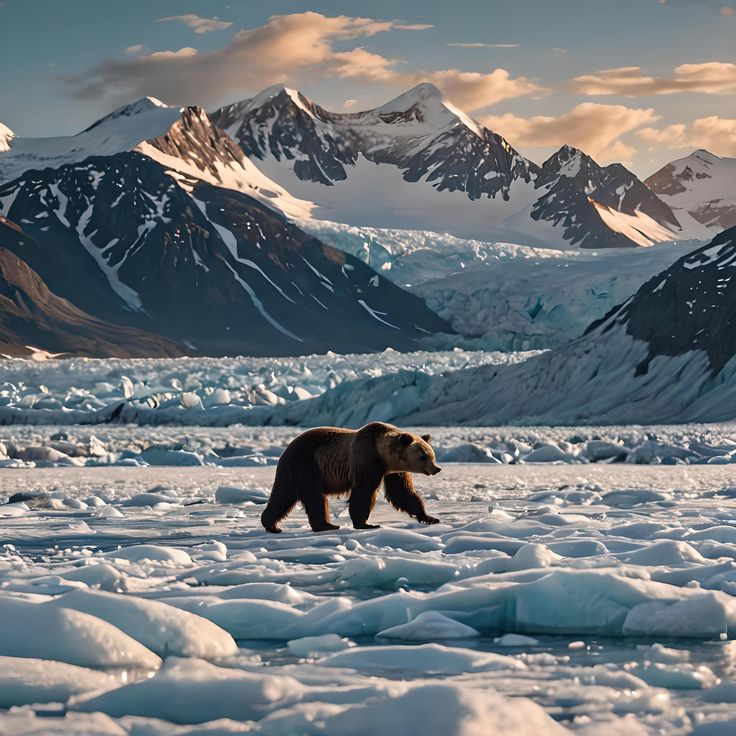Every October, Alaskans anticipate the arrival of their Permanent Fund Dividend (PFD). This annual payment, derived from the state’s oil wealth, is not a mere bonus—it is a critical resource for many residents.
The story of the Alaska Permanent Fund began in the 1970s with the discovery of oil at Prudhoe Bay. State leaders chose to create a fund to preserve the wealth for future generations.
Instead of spending the windfall, they invested it, ensuring that every Alaskan would receive a share of the earnings. This decision transformed oil wealth into a tangible benefit for individuals and families.
The PFD’s Impact on Alaskans
For the Johnson family in Fairbanks, the PFD helps address essential needs. With sub-zero temperatures and rising heating costs, their annual dividend often funds heating oil and home repairs.
This year, it will help replace an aging furnace, ensuring their home remains warm through the brutal winter.
Across the state, the PFD supports similar necessities. Some residents use it for groceries, others for winter gear or travel expenses. For many families, it helps pay off debts or invest in future needs like education.

Economic and Political Tensions
Over the years, the size of the PFD has varied, often sparking heated debates. In 2022, it reached a record $3,284, but in other years, it was less than $1,000.
Fluctuations arise from competing interests—some advocate for larger dividends, while others push to redirect funds toward education, infrastructure, or healthcare.
These debates highlight Alaska’s economic challenges. As oil revenues decline, lawmakers face tough choices between maintaining the dividend and funding public services. The struggle to balance these priorities continues to shape the state’s policies.

Resilience in Fairbanks
Fairbanks, known as Alaska’s “Golden Heart City,” exemplifies life in the state. Summers are vibrant, with festivals and outdoor activities, while winters are harsh, with temperatures plunging below -30°F. Despite these extremes, residents adapt, relying on strong community ties and innovative solutions.
For newcomers, Fairbanks can be daunting. Long, dark winters and extreme cold demand resilience. Yet, those who stay often find a unique sense of belonging and purpose, rooted in shared challenges and the natural beauty surrounding them.

The Future of the Fund
The Permanent Fund faces an uncertain future. With declining oil production, Alaska is exploring new revenue streams, including tourism and renewable energy. However, these efforts will take time to replace lost oil income.
For now, the PFD remains a vital part of Alaskan life, symbolizing the state’s commitment to its residents. It is not just a payment—it is a promise to share the wealth of the land and sustain the people who call Alaska home.
The Alaska Permanent Fund tells a story of foresight, community, and adaptation, reflecting the values and challenges of a state defined by its vast landscapes and determined people.
Clark is a 26-year-old expert working for consumer protection, Clark has dedicated years to identifying and exposing fraudulent schemes. He is working with NGOs to help people who are victims of scams. In his free time, Todd plays football or goes to a bar.







